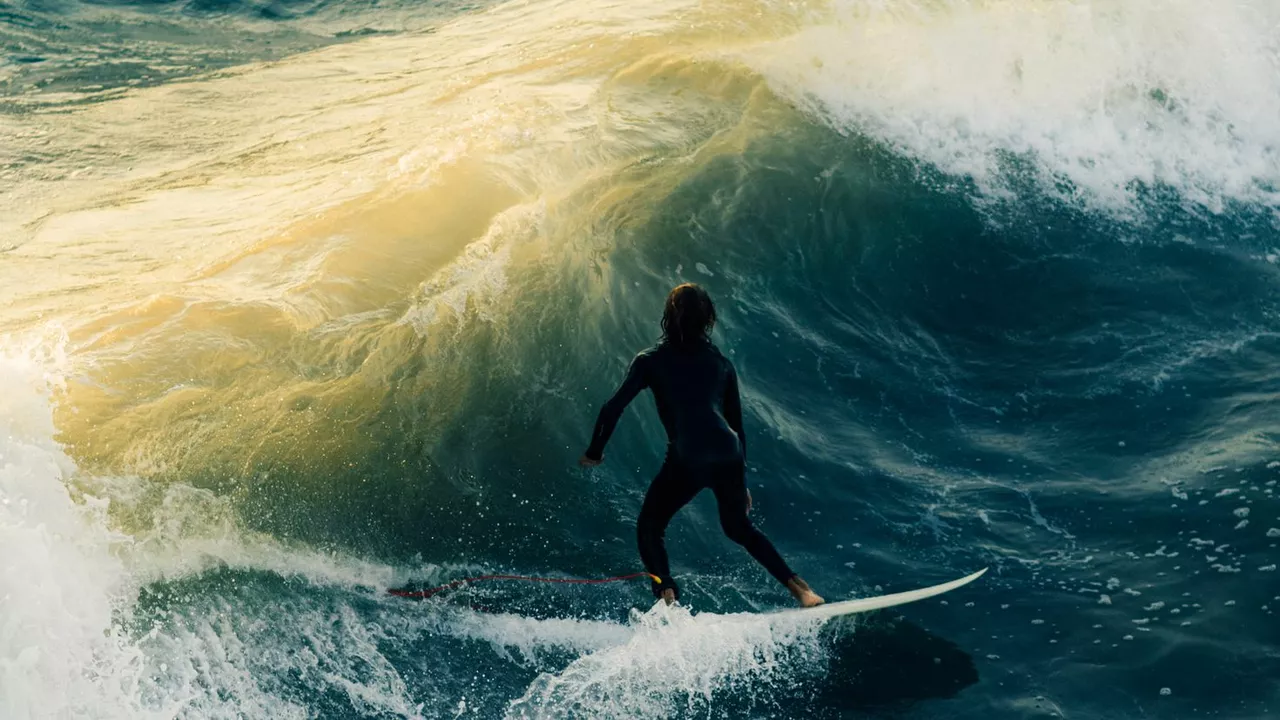Surfing Activities: Practical Tips and Gear for Every Rider
If you love catching waves, you’ll want more than just a board – you need the right know‑how and gear. This guide breaks down the basics of surfing activities, whether you’re a beginner, a windsurf fan, or someone curious about paddle boarding.
Choosing the Right Wetsuit
The first thing many surfers ask is how to find a wetsuit that fits. Start by measuring your chest, height and waist. A good wetsuit feels snug but doesn’t restrict movement. Look at the thickness: 3/2mm works for mild water, while 5/3mm is better for colder days. Brands differ in sizing, so try a few on if you can. If you’re buying online, check the size chart and read reviews about stretch and durability.
Surfing vs. Paddle Boarding: What’s the Real Difference?
Surfing and paddle boarding both need balance, but the way you move is different. On a surfboard you let the wave push you forward and focus on quick turns and tricks. A paddle board is wider, you use a paddle to propel yourself, and you can stay on flat water for longer. If you’re after an adrenaline rush, go surf. If you prefer a relaxed glide and a bit of a workout, paddle boarding might suit you better.Both sports can be done with the same basic safety gear – a leash, wax for grip and, of course, a wetsuit that matches the water temperature.
Here are three quick tips that work for any water sport:
- Check the forecast. Wind, tide and swell change the feel of the water. A light breeze is perfect for beginners, while stronger wind suits windsurfing.
- Start on smaller waves. Even experienced surfers practice on gentle rollers to warm up and fine‑tune technique.
- Stay flexible. Stretch before you head out. Good mobility helps you pop up quickly on a surfboard and reach for the paddle on a board.
Got a scuba wetsuit and wonder if you can surf in it? Technically you can, but the thick material makes paddling hard and feels like wearing a winter parka. A surf‑specific wetsuit is lighter and gives you better control.
Every surfer eventually faces the question of gear upgrades. If you’re looking for a new board, think about your skill level and the type of water you ride most. Shortboards are great for quick turns, while longer boards give you stability on slower waves. For paddle boards, inflatable models are convenient for travel and storage, while solid boards offer a bit more performance.
Remember, the biggest boost to your surfing comes from practice and community. Join local meet‑ups, ask seasoned riders for feedback, and share your own tips. The UK Windsurf Club community is full of people who love the water as much as you do – you’ll find advice, event info and friendly competition all in one place.
So whether you’re fitting your first wetsuit, debating surf vs. paddle, or just looking for a new way to enjoy the sea, these basics will get you riding more confidently. Grab your board, check the conditions, and get out there – the water’s waiting.
What do you do when you're surfing and there are no waves?
When there are no waves while I'm surfing, I use this time to better my board handling skills and balance. This often involves trying different positions on the board or practicing paddling techniques. It's also a perfect opportunity to appreciate the calmness of the sea, soak up some sun, or even engage with the surfing community. Plus, it's a great time to maintain and check my equipment. Remember, surfing isn't just about riding waves - it's about embracing the whole experience.
